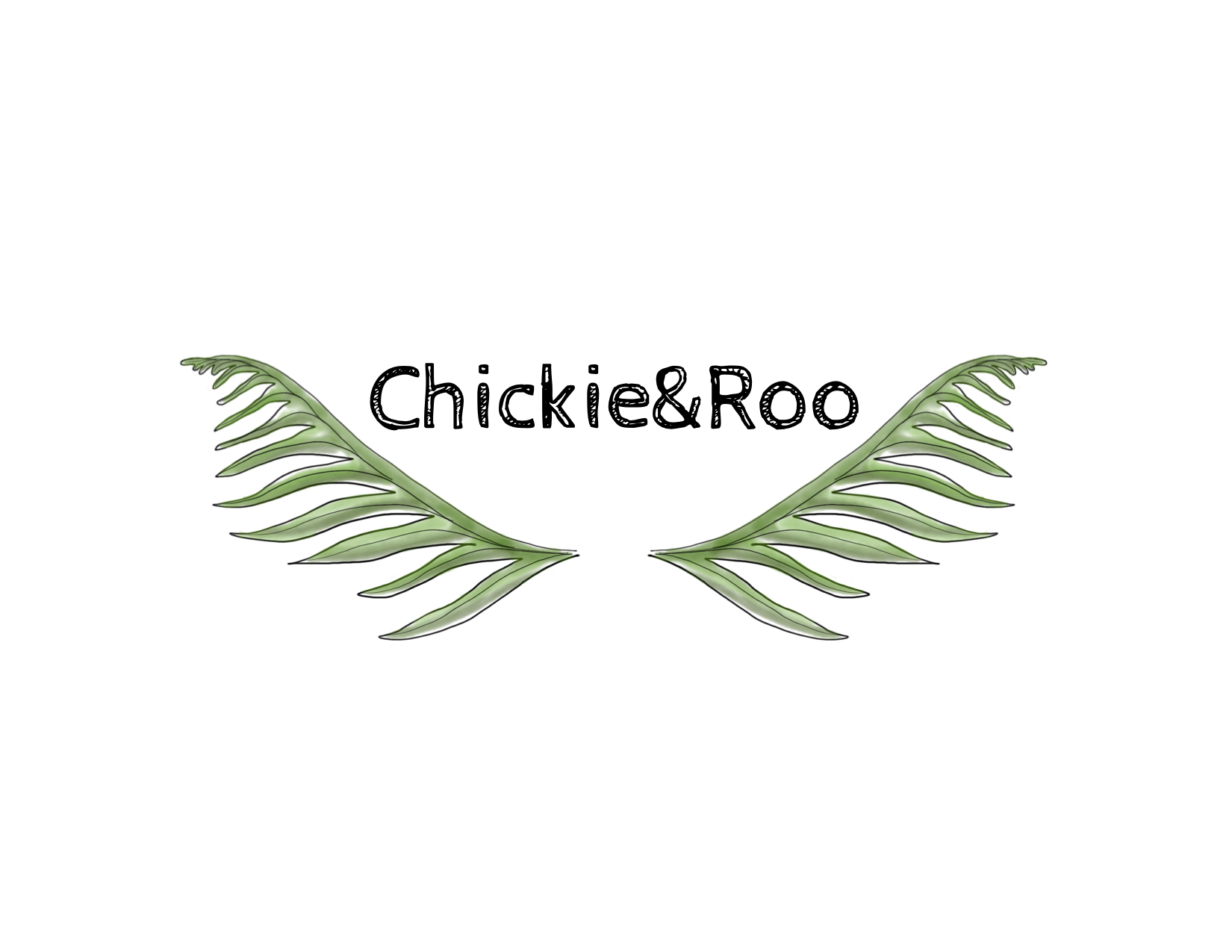For the month of March, we are welcoming Spring by ‘diving’ (see what I did there?) into an ocean/marine biology-themed unit study! This is a community loop unit study that I’ve organized on Instagram and you can follow along under the hashtag #oceanschooling. If you study ocean life this month (or in the future), use the hashtag #oceanschooling in your posts to contribute to our growing array of inspiration! It is my goal to create diverse portfolios on many different subjects so that people around the world with homeschoolers of any age can see what activities and resources are used to teach a particular subject!
Resources
I don’t even know where to begin with our resources for this study in all honesty. Living in Florida, we have a TON of books, nature collections and more to study the ocean and ocean life! But, below you’ll find a small selection of the curriculum, flashcards, books and more!
1. The Good And The Beautiful Marine Biology Curriculum
2. The Peaceful Press Ocean Guide
4. DK/Smithsonian Sticker & Activity books
5. Tropical Fish from Little Learning Ideas
6. Safari Ltd Toobies
7. How Do You Like Your Eggs Lesson 26 by Firefly Nature School
8. My Marine Biology Field Journals by Bitty Beginnings
9. Ocean Animals flashcards by Intentional Homeschooling
Book List
+ Under Water/Under Earth by Mizielinska, Aleksandra
+ Ocean Seasons by Hirshi, Ron
+ Ocean Soup: Tide-Pool Poems by Swinburne, Stephen
+ Exploring The Deep, Dark Sea by Gibbons, Gail
+ Coral Reefs by Gibbons, Gail
+ Ocean Plants by Dell, Pamela
+ The Uncorker of Ocean Bottles by Cueva, Michelle
+ A Drop Of The Sea by Chabbert, Ingrid
+ Deep Underwater by Luxbacher, Irene
+ Into The Deep: The Life Of Naturalist and Explorer William Beebe by Sheldon, David
+ The Big Book Of Blue by Zommer, Yuval
+ (Read aloud) 20,000 Leagues Under The Sea-Junior Classics Edition by Verne, Jules
Curriculum Review
I cannot say enough positive things about The Good And The Beautiful science curriculum! Each lesson is broken down into vocabulary words, read aloud sections, facts, experiments and activities, and more. To be quite honest, I learn A TON each and everyday because there is so much information jam-packed into every page! We typically spend 1-2 days on each lesson, but you could easily spend a week (especially with older children). As it is K-6, it is easily adaptable to all elementary ages and can be revisited as your children grow and age with new and more complex information added in. These science units are an investment that will be used again and again in our home!
Our Activities
Below you will see a series of flat lays that encompasses what we accomplished within each lesson.
Lesson 1: Ocean Characteristics
Lesson 2: Tide Pools
Lesson 3: Marine Life
Lesson 4: Coral Reefs
Lessons 5-6: Marine Invertebrates
Lesson 7: Marine Reptiles
Lesson 8: Fish
Lesson 9: Sharks
Field Trips
I am super big on field trips, and living in Florida, this unit wouldn’t be complete without some outdoor exploration. We visited TECO’s Manatee Viewing Center, Tarpon Springs sponge docks, and the beach for some hands-on learning!
We even brought home some treasures of our own to study and add to our nature collection!
Learning by unit study and immersing ourselves in what we’re learning via field trips gives us such a well-rounded education and life experience.


















